The K-State Research and Extension Pesticide Safety and IPM Program will be hosting multiple commercial pesticide applicator recertification training opportunities this fall.
Date Training and Category Location
Oct 16 Ag Wildlife (1C) Hays
Oct 30 Right-of-Way, Industrial Weed, Noxious Weed (6, 7C, 9A) Wichita
Nov 1 Ag Plant (1A) Salina
Nov 6-7 Forestry, Ornamental, Turf, Interiorscape (2, 3A, 3B, 3C) Virtual
Nov 28 Aquatics (5) Emporia
Registration may be mailed or completed online.
Call Frannie Miller with the Pesticide & IPM Program at (620) 241-1523 or email fmiller@ksu.edu for additional information regarding the above trainings.
Commercial applicators may obtain recertification training credits any time during their active three year certification period. Commercial applicators have until December 31 of the year of expiration to earn credits. It is the commercial applicator’s responsibility to obtain the required credits.
The renewal period will open in October of the year of expiration. Make sure your renewal application and recertification fees are received by KDA by the December 31 expiration date of their certification to maintain continuous certification. For those who attended complete training during their certification period, the application form and fees will be accepted for 30 days following the certification expiration date. If certification fees are not paid to KDA by January 30, the applicator will be required to take the examinations to restart the certification process.
Credits may be viewed through the commercial applicator’s KDA Portal account.
More opportunities to earn commercial pesticide applicator credits can be found on the KDA website at: https://portal.kda.ks.gov/PAF/PafTraining/TrainingEventList. If you have questions, please contact the KDA Pesticide & Fertilizer Program by e-mail at kda.pestfert@ks.gov or call 785-564-6688.

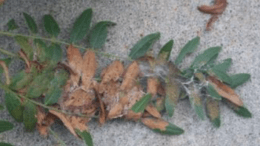

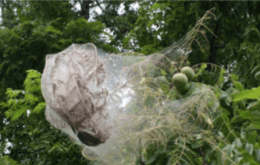
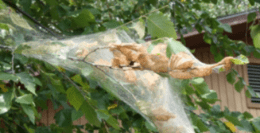
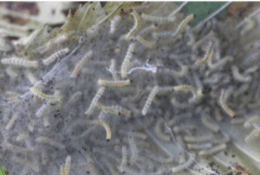

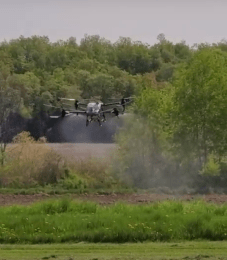

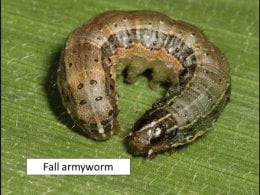 Fall of 2021 created significant issues with fall armyworms. Since that event, Dr. Raymond Cloyd has updated information on biology and control of this insect. It does not overwinter in Kansas, so it’s presence is dependent upon movement of moths from the south to our region. See the details here:
Fall of 2021 created significant issues with fall armyworms. Since that event, Dr. Raymond Cloyd has updated information on biology and control of this insect. It does not overwinter in Kansas, so it’s presence is dependent upon movement of moths from the south to our region. See the details here: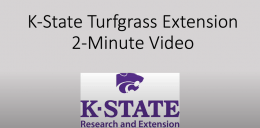 This new blog video gives an update on a research project, a turf-related issue, or current concerns in the turf industry. Each one will be approximately 2 minutes long – you’ll see one periodically!
This new blog video gives an update on a research project, a turf-related issue, or current concerns in the turf industry. Each one will be approximately 2 minutes long – you’ll see one periodically!